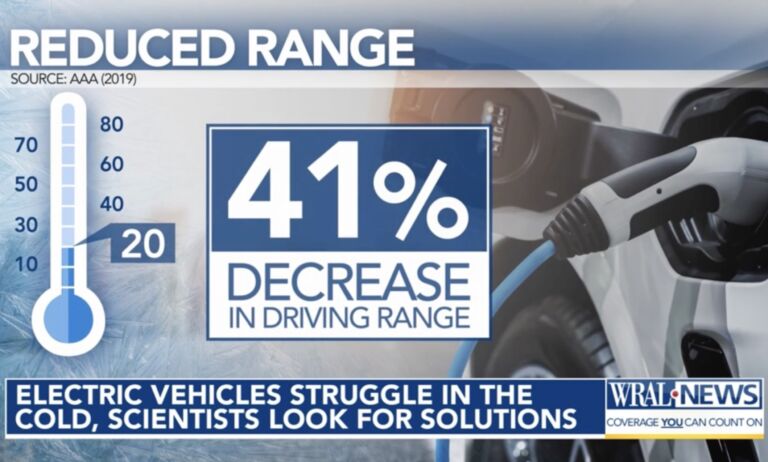This week, JLF’s Jon Sanders published a research brief on transportation in North Carolina. According to Sanders:
A recent index of city transportation choices ranked Charlotte and Raleigh among the 10 least “car-free” metropolitans in the U.S. As the index creators explained, choosing not to commute by car “depends on lot on where you live,” and Charlotte and Raleigh are less dense and more spread out places “where it is relatively easy to get around by car.”
For this reason, Sanders explains, most North Carolinians travel to work via car. He writes:
According to the federal Bureau of Transportation Statistics (BTS), North Carolinians overwhelmingly choose personal vehicles for their commutes: 81.1 percent chose to drive alone in 2017, up from 80.6 percent in 2012. (Carpooling declined from 10.5 percent in 2012 to 8.9 percent in 2017.)
The only other growing option for commuting was to work from home (6.1 percent, up from 4.5 percent).
Other options fell: taking public transit (1.0 percent, down from 1.1 percent), walking (1.7 percent, down from 1.9 percent), and choosing taxis, motorcycles, or biking (1.2 percent, down from 1.3 percent).
Sanders says these numbers shed light on what is preferable and practical in the state:
Put another way, nine out of 10 people going to work in North Carolina take a car. Over 60 percent of the rest work from home. About half of the ones remaining walk or bike. Of the remaining 2 percent, half of those take a taxi, motorcycle, or other. That last 1 percent takes public transit.
Those proportions are telling. We could increase the proportion of people taking public transportation to work six times over and still not outdo the 6.1 percent who choose to work from home.
Sanders believes we should consider the signals this information tells us about North Carolinians’ true preferences. Instead of pouring money into more public transportation, Sanders suggests a simple regulatory change that would not cost anything to make:
Good transportation policy begins by respecting people’s choices. It also means rethinking outdated zoning concepts and other urban regulations that create artificial barriers between where people live and where they work and shop. More people would likely opt for walking and biking if they could opt to live in mixed-use developments or in expanded urban housing options like granny flats and garage units.
In transportation as with other areas, attempting to force your preference on people or take away other choices is a road to nowhere.
Read the full brief here. Learn more about transportation policy in North Carolina here.


